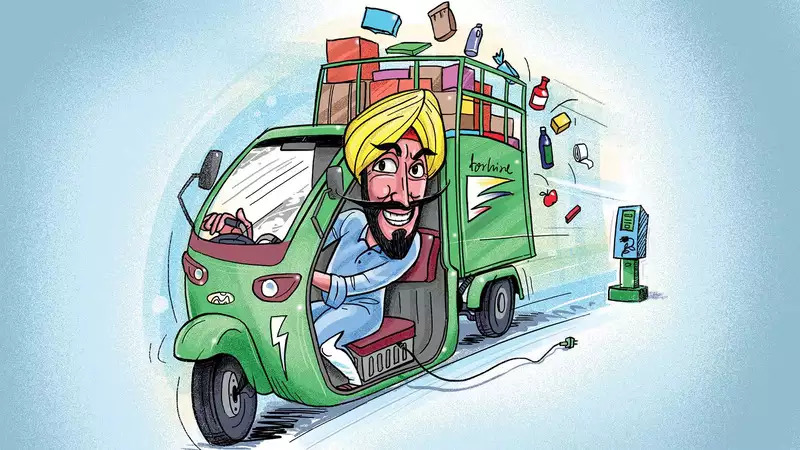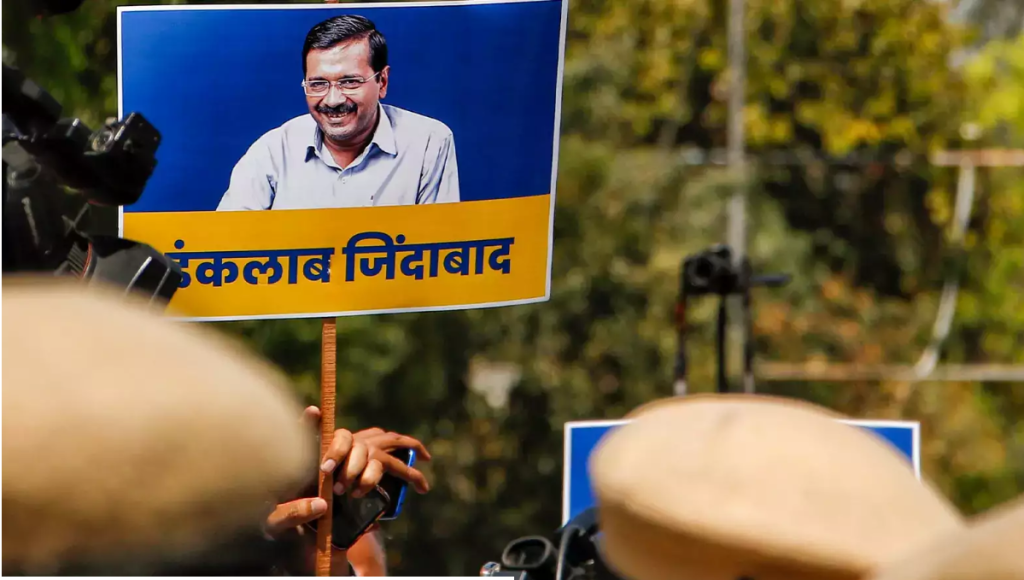Ostensibly to help farmers, the 11th five-year Plan allocates nearly $50 billion to surface irrigation (dam reservoirs, tanks and canals). This will be a huge waste of money on obsolete, ineffective irrigation concepts dating from the 19th century, says irrigation expert Tushaar Shah in a forthcoming book.
Farmers themselves have moved massively away from surface irrigation to wells and tubewells, even in canal command areas. In the Bhakra command area, three-quarters of farmers today use pumped rather than canal water. In effect, canals are used more for recharging aquifers than direct irrigation. To that extent, it might be sensible to build smaller, unlined canals that take less space and recharge aquifers better.
India must abandon its existing strategy emphasizing surface irrigation from huge dams and canals. Instead it should focus on aquifer management. This will disappoint crooked politicians and bureaucrats used to getting huge kickbacks from major dam projects. But it is crucial for uplifting rural areas.
Shah says that Indian agriculture will take off if farmers can get assured water on demand, for 15 irrigations each of 800 cu.m/ha. Tubewells can provide this, but dams and canals cannot. The British Raj designed canal systems to irrigate large farms growing a single crop: the canal authorities decided when to release water and how much. This colonial style — often continued after independence — denied farmers the option to grow different crops with different water needs at different times. Most surface systems were designed for providing a limited amount of water for drought protection. Only a few, such as the Bhakra and Mahi systems, could provide water year-round for double or triple cropping.
Not even the Bhakra system provides water on demand, just in time, to suit a farmer\’s individual crop preference. This drives home the point that canal systems are, by and large, obsolete in modern India. We now have farmers growing a wide variety of crops at any one time, on very small plots. Many farmers grow two or three crops a year.
Most high-value crops — such as vegetables, fruit, flowers, speciality crops — require small doses of water, on demand, and sometimes all year round. Small and marginal farmers need to diversify into high-value crops if they are to make a decent living out of tiny plots. This can only be done with pumped irrigation, not canal flows.
Reservoirs, canals and distributaries in command areas occupy a significant amount of land. Today land is very costly — Rs 20 lakh/acre or more in Haryana and Punjab. Distribution canals take up 4-7% of a farmer\’s land, and farmers no longer want to give up valuable land for channels that do not assure water when needed. In the Narmada system, many downstream farmers have flatly refused to build distribution channels.
Canal systems have other problems. Poor water control means that farmers near the head of main canals tend to get too much water, and so are obliged to grow water-intensive crops like rice and sugarcane. Farmers in the middle reaches of the system are often the best off. But farmers in the lower reaches often get no water at all. With politicians reducing canal water rates to almost zero, irrigation departments have no cash for maintenance, so canals are getting silted and canal gates are collapsing, hugely reducing the effective irrigated area. The ministry of agriculture estimates that canal irrigation fell from 17 mha in 1990-91 to 14.3 mha in 2002-03, and is still falling.
This figure is disputed by irrigation departments, which have a vested interest in building ever more canal systems. Revenue departments may have lower estimates, in order to explain why they collect so little canal revenue. However, the 2003 NSSO survey (59th round) suggested that 69% of kharif area and 76% of rabi area were irrigated by wells and pumps. Some others put the share of pumped irrigation at 80%. The data are murky since it is difficult to estimate the area irrigated by people buying water from pump-owning neighbours.
India now has the biggest groundwater usage in the world at 250 cu. km/year. The US comes a distant second with a bit over 100 cu. km/year, and China is even further back. India now has over 20 million irrigation wells, and is adding 800,000 more per year. Every fourth cultivator owns a well, and others buy water from well-owners.
From 1803 to 1970 — in the colonial era and early years of independence — surface irrigation dominated. The government referred to large reservoir and canal projects as major irrigation, and well irrigation as minor irrigation. But everything changed with the green revolution. This was based overwhelmingly on tubewells, providing water on demand, and gradually spread over all India. Today, two-third to four-fifth of our irrigated area uses pumped water. Yet the government continues to refer to dam-based irrigation as major, and tubewell-based irrigation as minor. It is still living in the 19th century.
What should India\’s new irrigation strategy be? I will tackle that issue next week.




